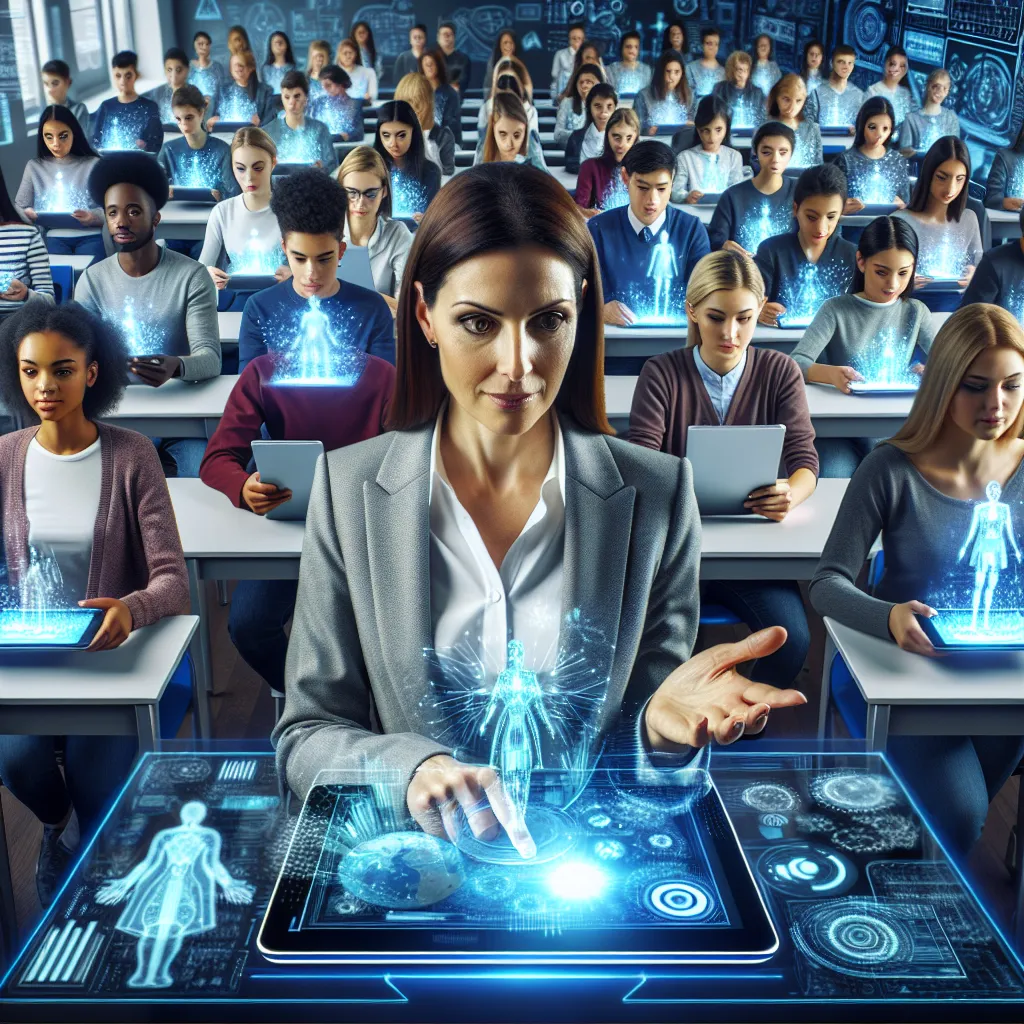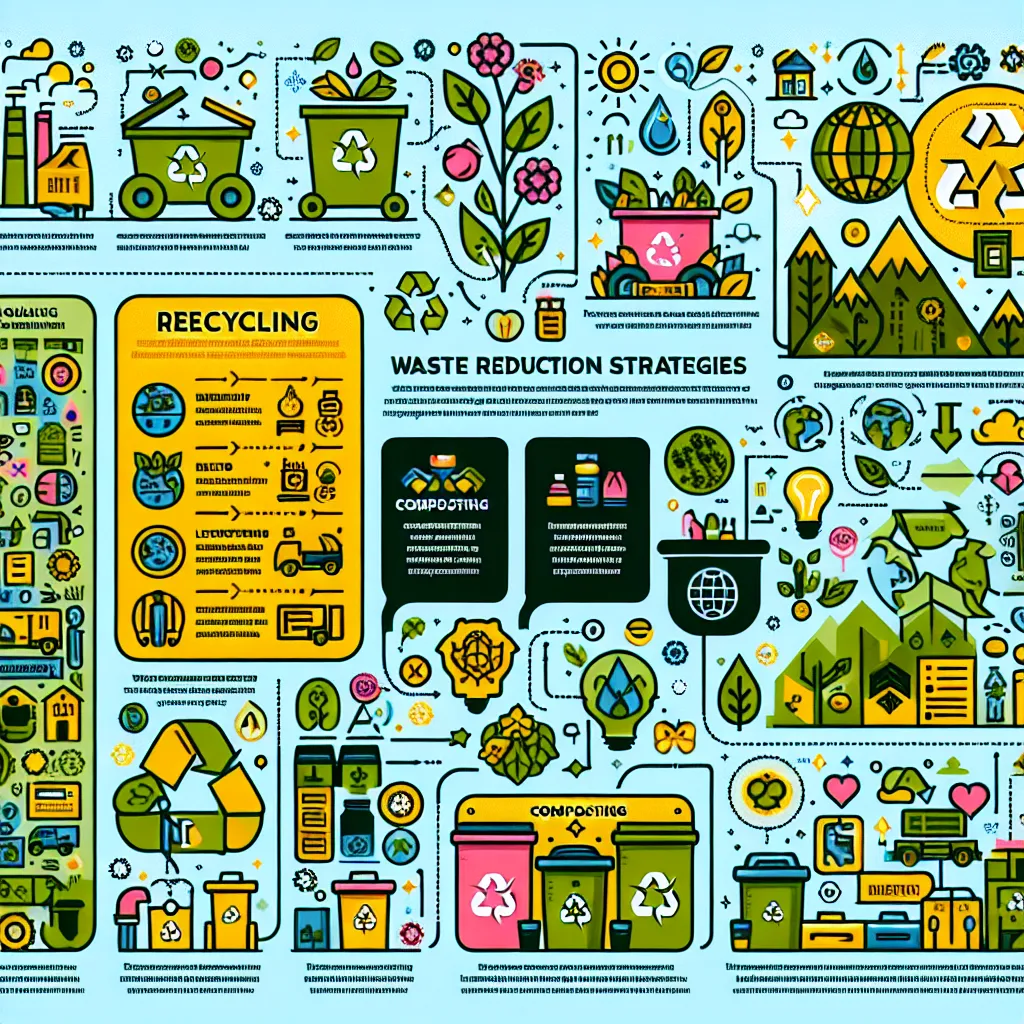The IELTS Reading section is a crucial component of the test, assessing your ability to comprehend complex texts and extract relevant information. Today, we’ll focus on a topic that has consistently appeared in IELTS exams: “The Impact of Technology on Modern Education.” This subject has been a recurring theme in recent years, reflecting its importance in our rapidly evolving world. Given its relevance and frequency, there’s a high probability that you may encounter a similar topic in your upcoming IELTS test.
Nội dung bài viết
Let’s dive into a practice reading passage and questions to help you prepare for this potential exam topic.
 Impact of technology on education
Impact of technology on education
Reading Passage
The Technological Revolution in Education
The landscape of education has undergone a seismic shift in recent decades, primarily driven by rapid advancements in technology. From primary schools to universities, digital tools and platforms have become integral to the learning process, reshaping traditional educational paradigms and opening up new possibilities for both students and educators.
One of the most significant impacts of technology on education has been the democratization of knowledge. Online learning platforms and Massive Open Online Courses (MOOCs) have made high-quality education accessible to millions worldwide, breaking down geographical and economic barriers. Students in remote areas can now access lectures from top universities, while working professionals can pursue further education without leaving their jobs.
Moreover, technology has revolutionized the way information is presented and consumed in the classroom. Interactive whiteboards, educational apps, and virtual reality experiences have made learning more engaging and immersive. These tools cater to different learning styles, allowing visual, auditory, and kinesthetic learners to grasp complex concepts more effectively.
The integration of Artificial Intelligence (AI) in education is another groundbreaking development. AI-powered adaptive learning systems can personalize the educational experience for each student, identifying strengths and weaknesses and tailoring the curriculum accordingly. This level of customization was unimaginable in traditional classroom settings.
Collaboration and communication have also been enhanced through technology. Online discussion forums, video conferencing tools, and collaborative platforms enable students to work on projects together, regardless of their physical location. This not only improves their teamwork skills but also prepares them for the increasingly globalized workforce they will enter.
However, the technological revolution in education is not without challenges. The digital divide remains a significant issue, with students from lower-income backgrounds often lacking access to the necessary devices or internet connectivity. There are also concerns about screen time and its impact on physical and mental health, as well as the potential for technology to be a distraction rather than an aid to learning.
Privacy and data security are other critical issues that have come to the fore with the increased use of educational technology. The collection and storage of student data raise questions about who has access to this information and how it might be used.
Despite these challenges, the potential benefits of technology in education are undeniable. As we move forward, the key will be to harness these tools effectively while addressing the associated risks and inequalities. Educators must be trained not just in the use of technology, but in its thoughtful integration into the curriculum.
The impact of technology on modern education is profound and far-reaching. It has the potential to make learning more accessible, engaging, and personalized than ever before. However, realizing this potential will require ongoing research, careful implementation, and a commitment to ensuring that the benefits of educational technology are available to all students, regardless of their background or circumstances.
Questions
True/False/Not Given
For questions 1-5, read the following statements and decide if they are True, False, or Not Given based on the information in the passage.
- Online learning platforms have made education more accessible to people worldwide.
- Virtual reality is now used in all classrooms across the world.
- AI-powered systems can adapt the learning experience to individual students’ needs.
- The use of technology in education has completely eliminated the need for traditional textbooks.
- There are concerns about the impact of increased screen time on students’ health.
Multiple Choice
Choose the correct letter, A, B, C, or D.
-
According to the passage, which of the following is a benefit of technology in education?
A) It has completely replaced traditional teaching methods.
B) It allows for more personalized learning experiences.
C) It has solved all issues related to educational inequality.
D) It has eliminated the need for teacher training. -
The passage suggests that one challenge of implementing technology in education is:
A) The high cost of internet access
B) The lack of interest from students
C) The digital divide between different socioeconomic groups
D) The shortage of educational software
Matching Headings
Match the following headings (A-F) to the paragraphs (8-10) in the passage.
A) Potential drawbacks of educational technology
B) The role of AI in personalized learning
C) Global collaboration through technology
D) The future of technology in education
E) Accessibility of knowledge through online platforms
F) Interactive learning tools in the classroom
- Paragraph 2: _____
- Paragraph 3: _____
- Paragraph 4: _____
Short Answer Questions
Answer the following questions using NO MORE THAN THREE WORDS from the passage.
- What type of courses have made high-quality education accessible to millions worldwide?
- What skill does collaborative online work help prepare students for in addition to teamwork?
- What two aspects of student well-being are potentially affected by increased screen time?
Answer Key and Explanations
-
True – The passage states that “Online learning platforms and Massive Open Online Courses (MOOCs) have made high-quality education accessible to millions worldwide.”
-
Not Given – While the passage mentions virtual reality as a tool used in education, it doesn’t state that it’s used in all classrooms worldwide.
-
True – The passage mentions that “AI-powered adaptive learning systems can personalize the educational experience for each student.”
-
Not Given – The passage doesn’t mention anything about the elimination of traditional textbooks.
-
True – The passage states that “There are also concerns about screen time and its impact on physical and mental health.”
-
B – The passage mentions several times how technology allows for personalized learning experiences, particularly through AI-powered systems.
-
C – The passage explicitly mentions the digital divide as a significant issue, stating that “students from lower-income backgrounds often lacking access to the necessary devices or internet connectivity.”
-
E – This paragraph discusses how online platforms have made education more accessible globally.
-
F – This paragraph talks about interactive whiteboards, educational apps, and virtual reality experiences in the classroom.
-
B – This paragraph focuses on how AI can personalize the educational experience.
-
Massive Open Online Courses (accept “MOOCs”)
-
globalized workforce
-
physical and mental (health)
Common Mistakes to Avoid
-
Overgeneralizing: Be careful not to assume that what’s true for some is true for all. For example, while virtual reality is used in education, the passage doesn’t say it’s used everywhere.
-
Overlooking specific details: Pay attention to precise wording. For instance, the passage mentions concerns about screen time’s impact on “physical and mental health,” not just general “well-being.”
-
Inferring beyond the text: Stick to what the passage explicitly states. Don’t assume additional information, like the complete elimination of textbooks, if it’s not mentioned.
-
Misinterpreting “Not Given”: Remember, “Not Given” means the information isn’t in the text, not that it’s false.
-
Ignoring context: When matching headings or answering questions, consider the entire context of the paragraph or passage, not just isolated sentences.
Key Vocabulary
-
Paradigm (noun) – /ˈpærəˌdaɪm/ – a typical example or pattern of something; a model
-
Democratization (noun) – /dɪˌmɒkrətaɪˈzeɪʃən/ – the action of making something accessible to everyone
-
Immersive (adjective) – /ɪˈmɜːsɪv/ – providing, involving, or characterized by deep absorption or immersion in something
-
Adaptive (adjective) – /əˈdæptɪv/ – characterized by or given to adaptation
-
Curriculum (noun) – /kəˈrɪkjʊləm/ – the subjects comprising a course of study in a school or college
-
Digital divide (noun phrase) – /ˈdɪdʒɪtl dɪˈvaɪd/ – the gulf between those who have ready access to computers and the Internet, and those who do not
Grammar Focus
Pay attention to the use of present perfect tense in the passage, which is used to describe actions that started in the past and continue to have relevance in the present:
“The landscape of education has undergone a seismic shift in recent decades.”
“Online learning platforms and Massive Open Online Courses (MOOCs) have made high-quality education accessible to millions worldwide.”
This tense is often used in IELTS Reading passages to discuss ongoing trends or developments.
Tips for IELTS Reading Success
-
Time management is crucial. Spend about 20 minutes on each passage in the Reading test.
-
Skim the passage first to get a general idea, then read the questions carefully.
-
For True/False/Not Given questions, be sure to distinguish between information that’s explicitly stated and information that’s implied or not mentioned at all.
-
In Multiple Choice questions, eliminate obviously incorrect answers to increase your chances of selecting the correct one.
-
For Matching Headings, read the entire paragraph to understand its main idea before selecting a heading.
-
In Short Answer questions, pay attention to the word limit and use words directly from the passage.
-
Practice regularly with diverse topics to improve your reading speed and comprehension.
-
Expand your vocabulary, especially in areas related to education, technology, and social issues, as these are common IELTS themes.
Remember, success in IELTS Reading comes from a combination of strong English skills, effective test-taking strategies, and plenty of practice. Keep working on your reading speed and comprehension, and you’ll be well-prepared for the exam.
For more practice on related topics, check out our articles on the role of digital tools in improving education and the importance of digital literacy in modern society.


